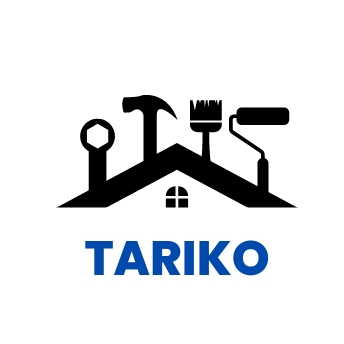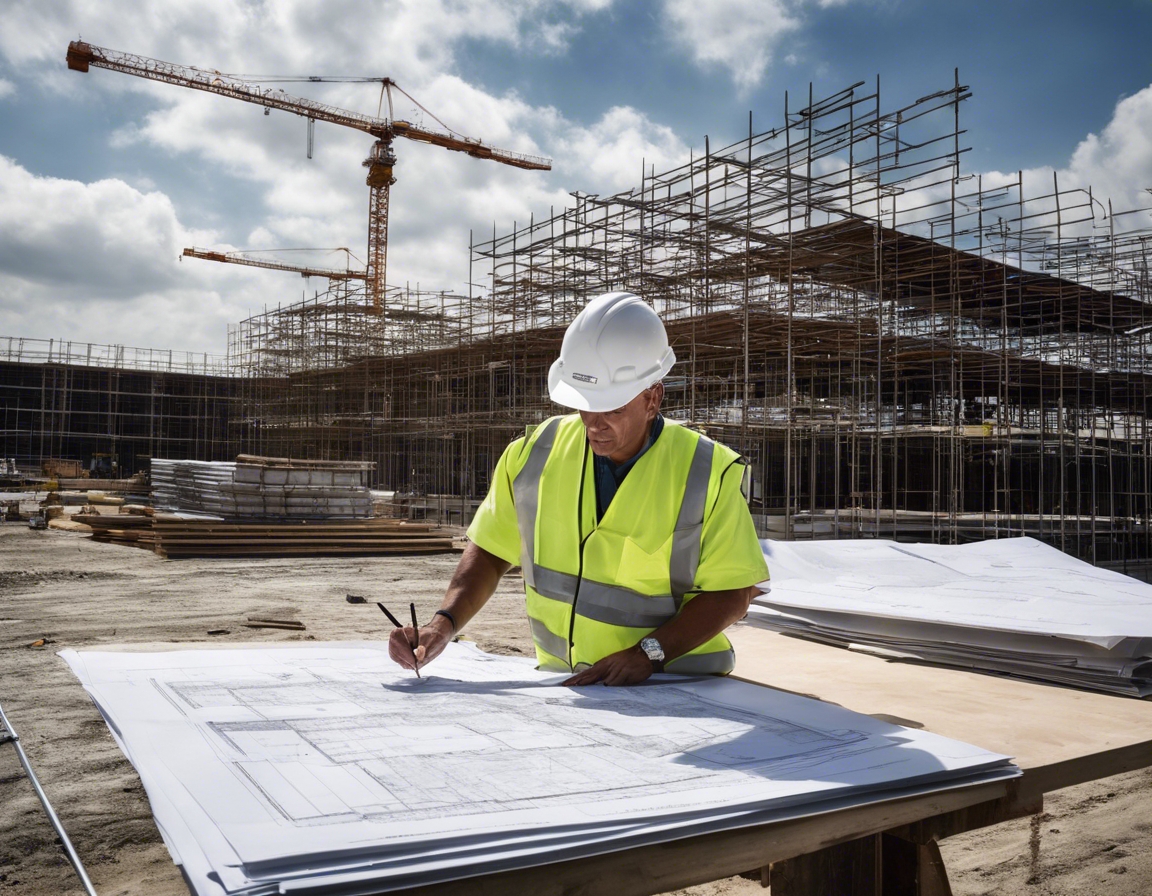5 trends shaping the future of building construction
The construction industry is on the brink of a revolution, with emerging trends that promise to reshape the way we build. In this blog post, we will explore five key trends that are set to influence the future of building construction, offering insights for property developers, construction contractors, and homeowners alike.
1. Sustainable and Green Building Practices
Energy-efficient designs are becoming the norm, with a focus on reducing the carbon footprint of buildings. This includes the integration of renewable energy sources, such as solar panels, and the use of smart technology to manage energy consumption.
Construction materials are being scrutinized for their environmental impact. The use of recycled, renewable, and locally sourced materials is gaining traction, reducing the overall environmental impact of construction projects.
Green building certifications like LEED and BREEAM are becoming more prevalent, setting the standard for sustainable construction and offering a competitive edge to those who comply.
2. Technological Integration in Construction
BIM technology is revolutionizing the planning and management of construction projects, allowing for more precise and efficient workflows.
Prefabrication and modular construction methods are reducing waste and construction times, while also improving quality control.
The use of drones for site surveying and robotics for tasks like bricklaying and concrete pouring is enhancing precision and safety on construction sites.
3. Advanced Building Materials
Materials like self-healing concrete are extending the lifespan of structures and reducing maintenance costs.
This futuristic material offers the strength of metal with the transparency of glass, opening up new possibilities for design and construction.
With their incredible insulation properties, aerogels are set to revolutionize the energy efficiency of buildings.
4. Focus on Health and Well-being
Incorporating natural elements into building design is improving occupant well-being and productivity.
Smart systems that monitor and control air quality, lighting, and temperature are becoming standard in modern construction, contributing to healthier living environments.
Designing spaces with mental health in mind is a growing consideration, with an emphasis on creating calming and restorative environments.
5. Increased Use of Data and Analytics
Predictive analytics are being used to forecast project outcomes, optimize resources, and reduce risks.
Big data is providing insights into every aspect of construction management, from supply chain logistics to workforce allocation.
Data-driven approaches are enabling construction firms to better understand client needs and tailor their services for an enhanced customer experience.






Comments (0)